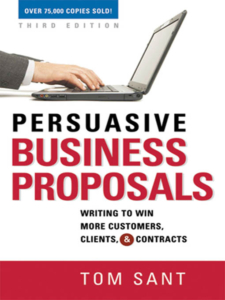Don’t Keep Yourself a Secret in Your Blog

“What we’re marketing is Y-O-U”,” career strategist Diane Wingerter reminds clients, subjecting their personal profiles to her “’red pen review”: It’s a mistake to introduce yourself to a prospective customer or employer with a laundry list of all the things you do, she teaches . In order to focus on how you want the reader of the profile to feel about you, weave your bio into a narrative that reveals your personality.
In fact, two P’s of business blogging, we remind clients of Say It For You, are Passion and Personality. As compared to brochures and advertisements, blog posts are ideal for revealing, while imparting valuable information to visitors, the unique personality and core beliefs of the business or practice owners.
Used to be, the emphasis in marketing was on conveying a USP, a unique selling proposition. Today, however, we should move in the direction of ESPs – emotional selling propositions,” Jeanette McMurtry cautions in Marketing for Dummies. And, in online communication, while need may have brought visitors to your blog, it’s their want (their desire to do business with you) that will move those visitors “down the sales funnel”.
Based on my years as a college career mentor, helping students secure internships, I have come to compare blog posts to long interviews. Searchers on the web are “recruiting” help, and just as in a face-to-face interview, they evaluate your content in light of their own needs. It’s more than that, as Diane Wingerter so aptly emphasizes. What interviewers really do, as the Helium Jobs & Careers website says, is “get a look at your personality.”
Business blog posts, shorter, less formal, and more personal than websites, are the perfect venue to showcase your personality and your unique approach to your field. Yes, a marketing blog must demonstrate what you have, what you do, and what you know how to do, but, whatever you do – don’t keep yourself a secret in your blog!





Follow us online!